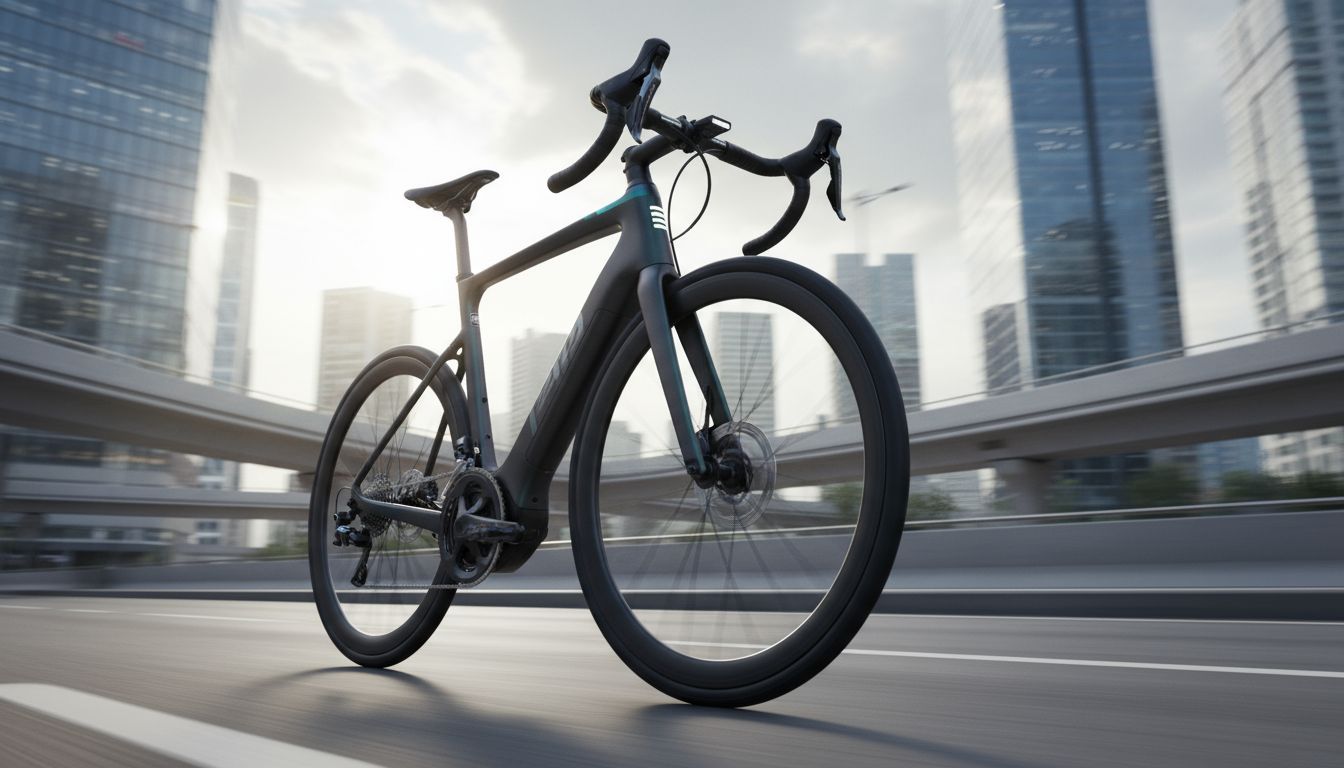
The bicycle is more than just a mode of transport in Europe; it is a cultural icon, a symbol of sustainable living, and a booming industry. As urban landscapes transform and environmental consciousness grows, cycling has soared in popularity, leading to a natural evolution in the regulatory framework that governs it. For 2025, Europe is poised for significant shifts in its cycling laws, driven by a desire for greater safety, harmonization, and integration of new technologies like e-bikes. These changes aim to make cycling safer, more accessible, and seamlessly integrated into the fabric of European cities and cross-border travel.
For every cyclist, from the daily commuter to the weekend adventurer, understanding these impending regulations is crucial. Whether you are planning a cycling holiday across the continent or simply navigating your local city streets, awareness of these updates ensures compliance, enhances safety, and contributes to a smoother cycling experience for everyone. This article delves into the anticipated changes, exploring the motivations behind them and their potential impact on the European cycling community.
The Shifting Landscape of European Cycling
Europe's commitment to reducing carbon emissions and promoting active transport has placed cycling firmly at the forefront of urban planning and policy discussions. The past decade has seen an unprecedented investment in cycling infrastructure, with countless kilometers of new bike lanes, dedicated cycling paths, and innovative urban designs aimed at prioritizing pedal power. This growth, however, has also highlighted areas where existing laws, often developed in an era dominated by motor vehicles, are no longer fit for purpose.
Why New Laws? Drivers for Change
Several key factors are propelling the push for updated cycling laws in Europe. Firstly, the explosive rise of electric bicycles (e-bikes) has introduced new considerations regarding speed, weight, and power output. Traditional bicycle regulations often do not adequately address the capabilities of modern e-bikes, leading to confusion and potential safety concerns. Secondly, the increasing volume of cyclists on shared roads necessitates clearer guidelines for interaction with pedestrians and motorists, aiming to reduce accidents and foster a safer environment for all road users.
Thirdly, while individual European nations have their own cycling laws, the desire for greater harmonization across the European Union is strong. Cyclists traveling between countries often encounter a patchwork of differing rules regarding helmets, lighting, and right-of-way, complicating cross-border journeys. Finally, the broader European Green Deal agenda seeks to elevate sustainable transport, and updated cycling laws are a vital component of this overarching strategy, encouraging more people to choose the bicycle for their daily commutes and leisure activities.


Key Areas of Focus for 2025 Legislation
While the specifics will vary by country, several overarching themes are emerging as focal points for new cycling laws and directives expected to take effect around 2025. These areas reflect common challenges and shared ambitions across the continent.
E-Bike Regulations: Clarity and Consistency
Perhaps the most pressing area for new legislation concerns e-bikes. With varying national definitions and rules, Europe is striving for greater consistency. We can expect clearer guidelines on maximum assisted speed for different categories of e-bikes (e.g., pedelecs vs. speed pedelecs), potentially standardized power output limits, and clarification on whether certain e-bike types might require specific licensing, registration, or insurance. Age restrictions for operating higher-powered e-bikes are also under consideration in some regions. The goal is to ensure that the benefits of e-mobility are enjoyed safely, without compromising pedestrian safety or creating undue risk for the riders themselves. Many proposals lean towards differentiating between standard electric assist bicycles, which remain classified as bicycles, and faster, more powerful versions that might fall under moped or light motor vehicle regulations.
Enhancing Cyclist Safety and Infrastructure Integration
Safety remains paramount. New laws are likely to reinforce existing efforts and introduce new measures to protect cyclists. This includes more explicit national and potentially EU-wide recommendations or mandates for minimum passing distances for motor vehicles when overtaking cyclists, a crucial measure to prevent close calls and serious accidents. There's also a strong push for urban planning directives that prioritize safe infrastructure, such as physically separated cycle lanes, protected intersections, and "green wave" traffic light synchronization for cyclists. Some proposed directives might also address lighting standards for bicycles, making high visibility equipment a requirement during certain hours or weather conditions, moving beyond simple reflectors to active lighting systems.
Cross-Border Harmonization and Traveller Experience
For keen cycle tourists or cross-border commuters, differing national rules can be a headache. The EU is exploring ways to simplify regulations, particularly regarding equipment standards (e.g., brakes, bells, reflective elements) and basic road rules. While full uniformity might be a long-term goal, 2025 could see initial steps towards mutual recognition of certain national standards or the introduction of common guidelines for specific aspects of cycling. This could significantly enhance the experience of cycling across European borders, making cycle tourism more attractive and hassle-free. Imagine renting a bike in one country and having confidence that it meets basic legal requirements as you pedal into another.
Data, Digitalization, and Enforcement
The digital age is also influencing cycling laws. We may see discussions around the use of cycling data for urban planning, for instance, anonymized GPS data from rental bikes or cycling apps to identify popular routes and congestion points, informing future infrastructure investments. There is also an ongoing dialogue about the role of digital enforcement, such as cameras monitoring bike lane infringements by motor vehicles. Data privacy will, of course, be a key consideration in any such developments, ensuring that the benefits of digitalization do not come at the expense of individual rights. Consistent and fair enforcement of cycling regulations, both for cyclists and other road users interacting with them, is a crucial element for the success of these new frameworks.
Environmental and Urban Planning Directives
Beyond direct cycling rules, upcoming environmental directives from the European Commission will indirectly bolster cycling. These directives often encourage member states to invest further in active transport infrastructure, implement low-emission zones, and provide incentives for cycling. As part of broader sustainable transport strategies, cycling is increasingly seen not just as a leisure activity but as a core solution to urban congestion, air quality issues, and public health challenges. The 2025 landscape will likely see national urban plans aligning more closely with these overarching European environmental goals, solidifying cycling's role in the future of European cities.
Preparing for the Changes
For individual cyclists, staying informed through national cycling organizations and local authority websites will be key. While pan-European directives will provide a framework, individual member states will adapt and implement these through their national laws. Ensuring your bicycle or e-bike complies with new safety standards, particularly regarding lighting and potentially speed limits for e-bikes, will be important. Bicycle manufacturers and retailers will also play a crucial role in providing compliant products and educating consumers on new regulations.
Conclusion
The year 2025 marks a pivotal moment for cycling in Europe. The anticipated new laws and directives reflect a mature understanding of cycling's role in modern society – as a vital component of sustainable transport, a driver for public health, and a significant economic sector. By addressing the complexities of e-bikes, enhancing safety standards, striving for cross-border harmonization, and leveraging digital advancements, Europe aims to create a more integrated, safer, and enjoyable cycling environment for everyone. These changes are not merely about rules; they are about shaping the future of mobility, fostering healthier communities, and ensuring that the joy of cycling remains accessible and secure for generations to come. Staying informed and adapting to these evolutions will empower cyclists to continue enjoying the open road and contribute positively to the unfolding narrative of European urban development.


